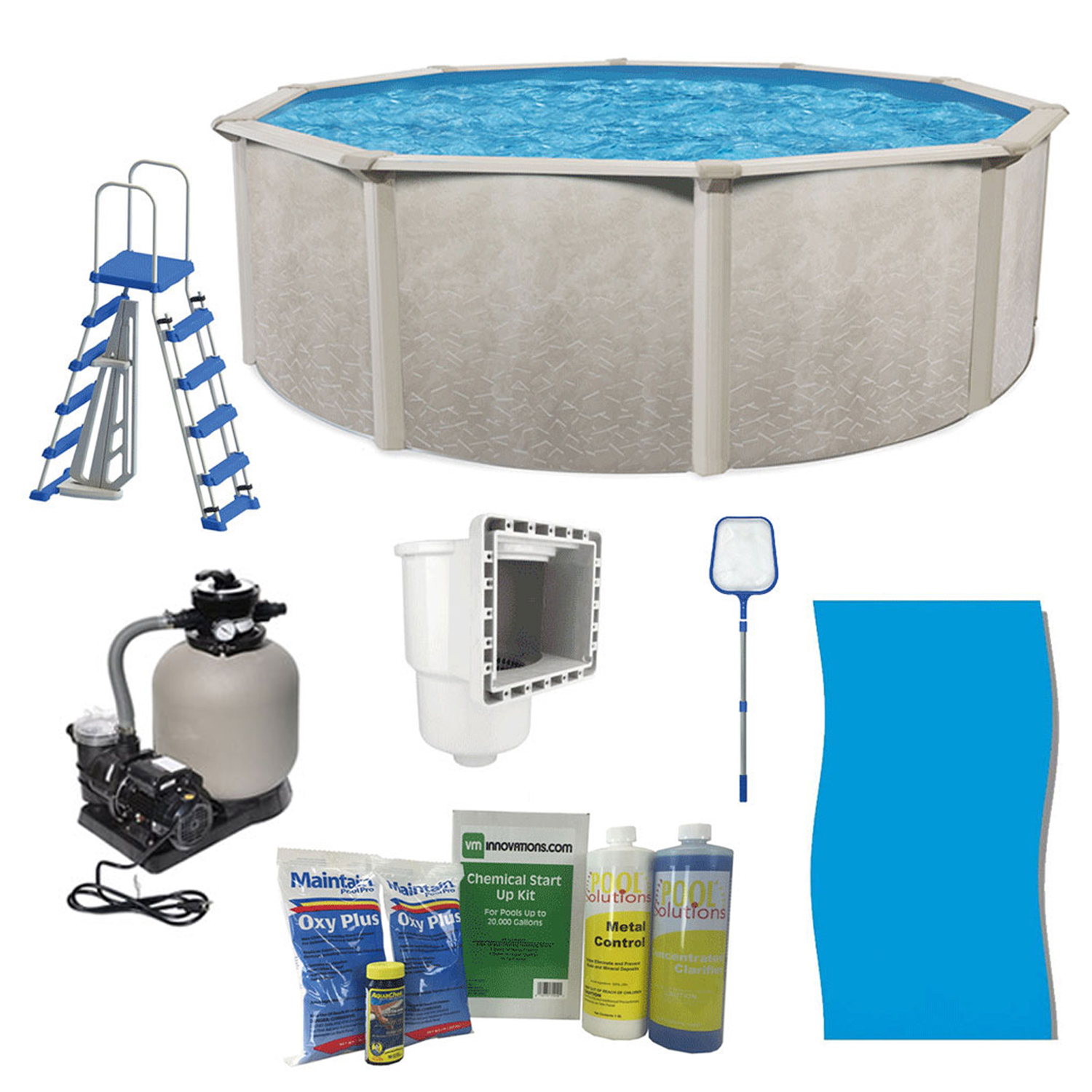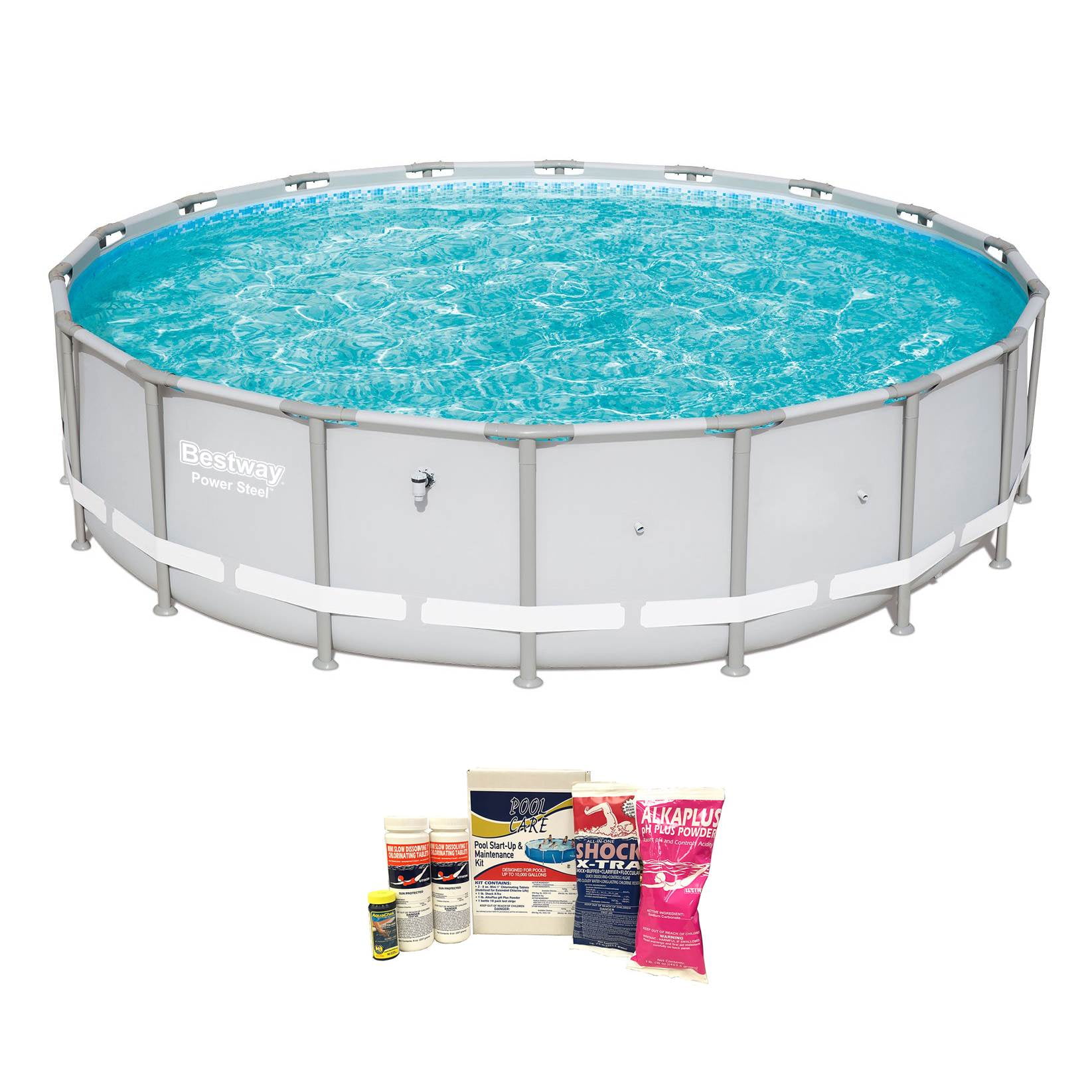
The first step you should do before altering the pH levels of your pool in any way is to test it.


So let’s take a look at some of these numbers before we move on actually correcting pH levels. Before we move on to raising the pH levels of the pool, it’s probably a good idea to give our readers a small pH scale they can use to determine whether they’re pool is in the acceptable range, or if it’s too acidic or prone to scaling.

We’ve covered why low pH levels are bad and why high pH levels are also bad. Okay, let’s see what we’ve covered so far. The higher carbonic acids will then lower pH levels. If there’s a bunch of people splashing and swimming in the pool, that can introduce more carbon dioxide into the pool and that can cause an increase in carbonic acid. Something else that can lower the pH levels of a pool is heavy use. That’s because rain has a pH level of anywhere from 5 to 5.5, so it can drag down the pH levels of the pool due to its natural acidity. Also, a poorly functioning pump and filter can result in consistent low pH levels.Īnother fact that many people don’t realize is that a heavy rainstorm can lower pH levels in a pool. Remember, when chlorine is added to water, it forms a weak acid known as Hypochlorous Acid-and adding higher levels of any acid will lower pH levels. Adding too much chlorine will also lower pH levels. When the pool begins to absorb CO2, then carbonic levels will rise and pH levels will fall.
#How to set up above ground pool chemicals crack
It will also cause vinyl surfaces to become more brittle and this, in turn, can make these surfaces tear or crack more easily.Īnother thing that a low pH level will do is to make the pool water cloudier. A low pH level will damage those surfaces. This includes stone, tile, plaster, and grout. One of the first things that a low pH level will do is to deteriorate and etch pool surfaces. There are a variety of reasons why a low pH level is undesirable.

And then we’re going to talk about how the pH levels can be raised. So many articles discuss how a high pH level is bad for the pool, so we’re going to talk about how a low pH level is just as bad for the pool’s chemistry profile and ultimately the health of people who use it. Or, to be more specific, raising the pH level of the pool. All of those are important aspects of the pool’s chemistry to keep track of to ensure that the pool’s water remains clear and healthy.Īlthough we could devote an entire article to each of the other aspects of your pool’s chemistry, today we’re going to focus on the pH level of your pool. We’re also talking about other key factors of the pool’s chemistry including total alkalinity, calcium hardness, cyanuric acid levels, and pH levels. And that doesn’t mean just chlorine levels either. As we’ve said before, it’s up to the pool owner to make sure that their pool chemistry is correct.


 0 kommentar(er)
0 kommentar(er)
